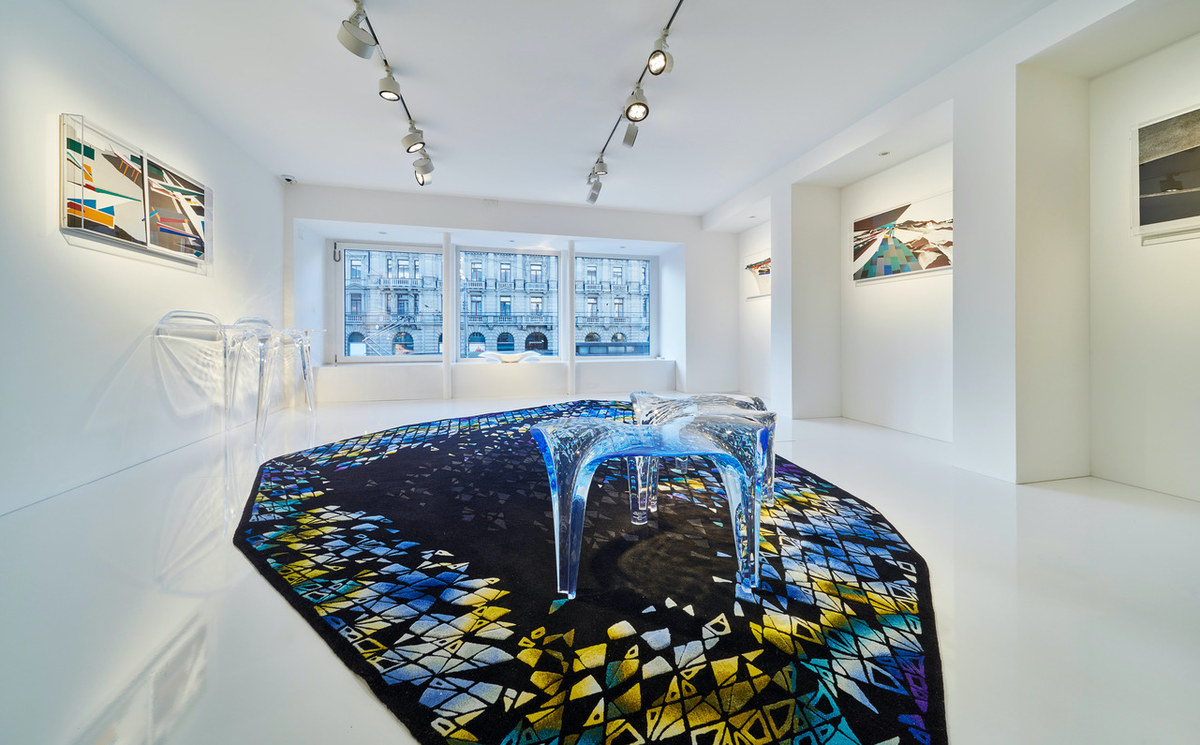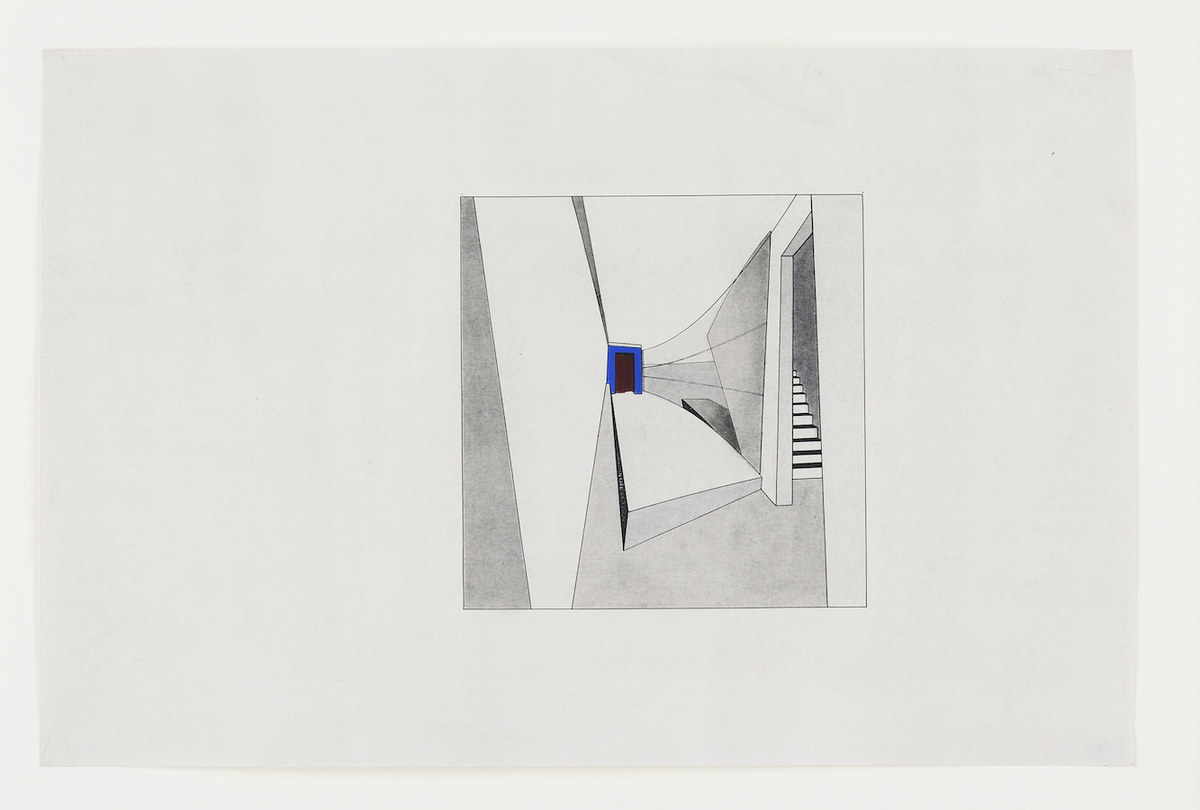DUBAI: When the pioneering Iraqi-British architect Dame Zaha Hadid died unexpectedly five years ago at the age of 65, countless heartfelt tributes poured in on social media. But one image poignantly stood out, reminding us of how accomplished she was through her bold body of work: In this drawing, Hadid wore a voluminous coat covered in a collage of her signature curved buildings. With a gentle smile and her head tilted down, she almost embraces her creations, with a hand over her heart, as if they were her children. Each one embodied a distinct purpose and character, ready to face the world.
Hadid came to be known as ‘The Queen of the Curve’ due to her unconventional approach of designing imposing, sweeping buildings with a futuristic look and feel. She experimented with edgy and angular or dream-like, floating shapes that seemed to defy gravity. “The world is not a rectangle,” she famously said.
Veteran British architect Sir Peter Cook once said of Hadid: “I think she has added an enormous amount of language to architecture. She’s devised shapes that we never thought we could do.” Through her decades-long career, Hadid created multifunctional projects around the world, from Abu Dhabi’s Sheikh Zayed Bridge to Baku’s Heydar Aliyev Center, the spacious MAXXI Museum in Rome, and the opulent Guangzhou Opera House in China.

Mathias Rastorfer and Zaha Hadid. (Supplied)
Yet beneath this confident, world-famous persona lay an eternally curious innovator whose reputation was misconstrued by critics.
“I’ve been asked so many times how could I have worked with her as she was so aggressive. In 25 years, she was never once aggressive with me,” Mathias Rastorfer, the Swiss CEO of Zurich-based Galerie Gmurzynska and Hadid’s longtime friend, tells Arab News. “Zaha was a very sensitive person — very delicate on the inside and very tough on the outside. If you were a person who wasted her time, she became aggressive because her time was a precious commodity. It became a technique for her to fend off people who were just feeding on her fame.”
To commemorate the fifth anniversary of Hadid’s passing, Galerie Gmurzynska is hosting an exhibition entitled “Zaha Hadid: Abstracting the Landscape,” which runs until July 31. It explores a versatile and rarely seen selection of her works, going back to the dawn of her career in the 1980s.

Mesa Table. (Supplied)
“We wanted to show that you can’t put Zaha in one box. She did architecture, objects and designs,” says Rastorfer. True to his word, the display includes a double candleholder made of resin, a hand-tufted textile rug, a ‘Field of Towers’ chess set, and a cool, white fiberglass reception desk, made in 2021 by her namesake company.
A number of Hadid’s original sketches and canvases are also included, allowing us to understand her thought process for projects she had in mind for various cities and showcasing her artistic side. “Zaha was an artistic person, even though she denied that,” Rastorfer says.
The exhibition also shows how Hadid was profoundly influenced by early-20th-century art, notably the Russian avant-garde that birthed the geometric-focused art movement of Suprematism. Another major influence was the German Kurt Schwitters, a Dadaist. Indeed, one of Hadid’s last projects before her death was inspired by Schwitters’ “Merzbau,” a massive collage-like installation of found objects that was destroyed during World War II.
“When you think of the Russian avant-garde, it’s the only art movement in the early 20th century where men and women were literally equal,” explains Rastorfer. “You had Varvara Stepanova and Lyubov Popova standing side-by-side with Kazimir Malevich and El Lissitzky. That’s certainly one thing that fascinated her. Suprematism, as a concept, is one where you have unlimited space because it floats into the cosmos. So you connect earth with the cosmos and you connect it with an unlimited element of possibilities — you are not bound by specifications. Suprematism allowed her to have this element of unlimited potential without being restricted by traditional means.”

Cellular hand-tufted rug - with liquid glacial console. (Supplied)
Rastorfer views Hadid’s buildings as akin to kinetic sculptures. “In a way, it’s moving,” he says. “Suprematism is two-dimensional and static yet the idea is moving and I think that’s what she wanted to do in architecture.” And so she did, despite some describing her work as impractical or too expensive. Several prominent projects of Hadid’s were cancelled. So, where did her inner drive to keep going come from?
“Any creative person that has a stroke of genius knows their vision is unstoppable. Because once you stop them, they are dead,” says Rastorfer.
He also suggests that her childhood, nurtured by her forward-thinking, art-loving parents in Baghdad, where she was born in 1950, played a huge role.
In 1980, Hadid opened her London-based firm Zaha Hadid Architects, which currently employs hundreds of people. As a woman in a male-dominated field, Hadid broke a lot of glass ceilings, becoming the first woman to win the esteemed Pritzker Prize and the Royal Gold Medal for architects.
As Hadid admitted, being a woman — particularly an Arab woman in the West — came with many challenges.

1986 sketch for Office Building West Berlin. (Supplied)
“You cannot believe the enormous resistance I've faced just for being an Arab, and a woman on top of that. It is like a double-edged sword. The moment my woman-ness is accepted, the Arab-ness seems to become a problem,” she told The Guardian in 2012. “I've broken beyond the barrier, but it's been a very long struggle. It's made me tougher and more precise – and maybe this is reflected in my architecture.”
However, she didn’t particularly appreciate being labelled as a ‘female architect,’ according to Rastorfer. “For her, it didn’t matter,” he emphasizes. “It was irrelevant if you were female, it, he, she — whatever you wanted to be; you were an architect.”
And, as this exhibition makes clear, Hadid excelled at that. As the number of her international designs mounted, so too did her fame, earning her the title of ‘starchitect’.
“When you think about the term ‘supermodel’ in the eighties, there were five supermodels,” says Rastorfer. “Zaha is one of the ‘super architects’ — there’s Norman Foster, Frank Gehry, Richard Meier . . . During her lifetime, architects became superstars and I think she’s part of (the reason for) that.”












